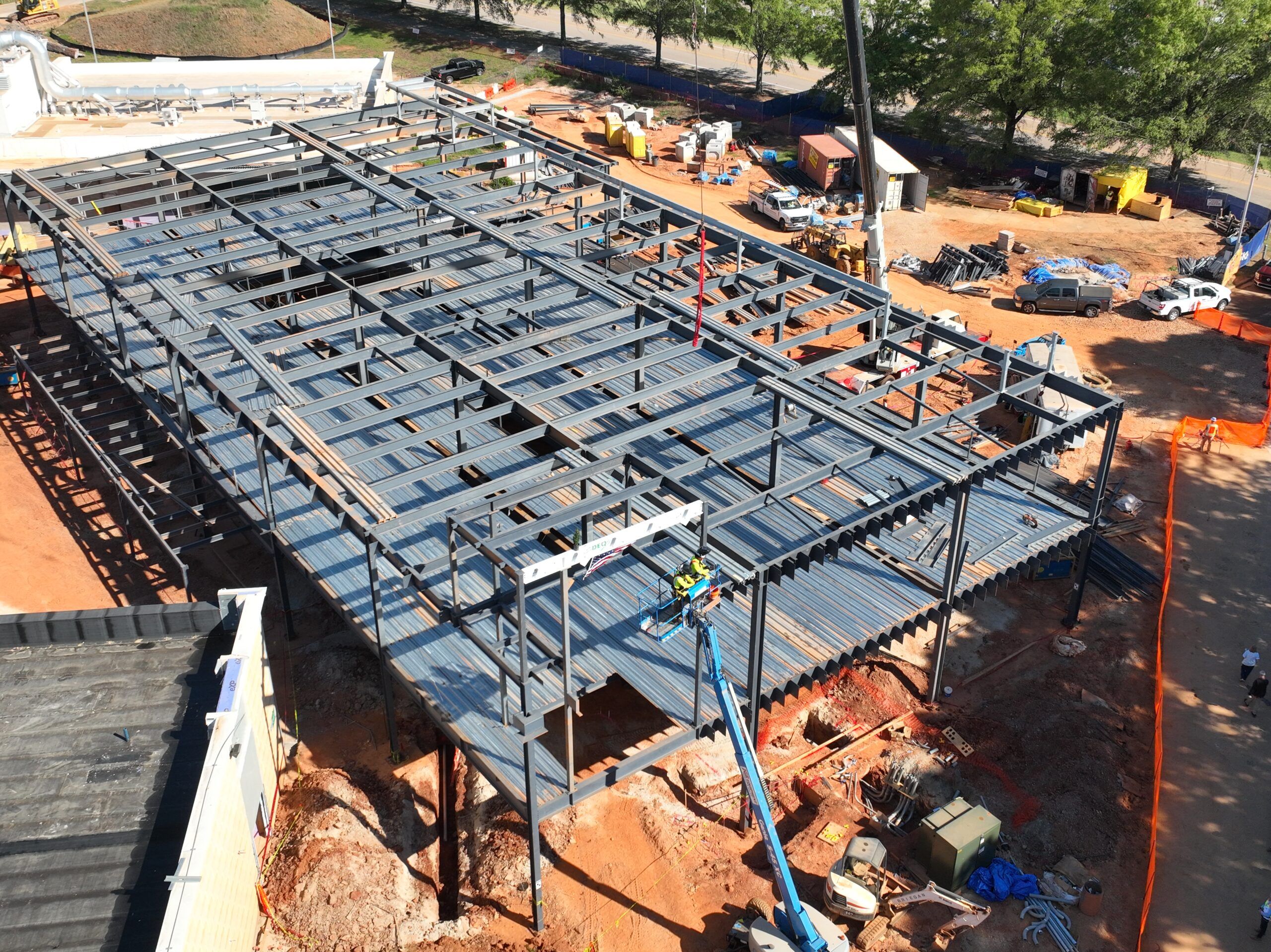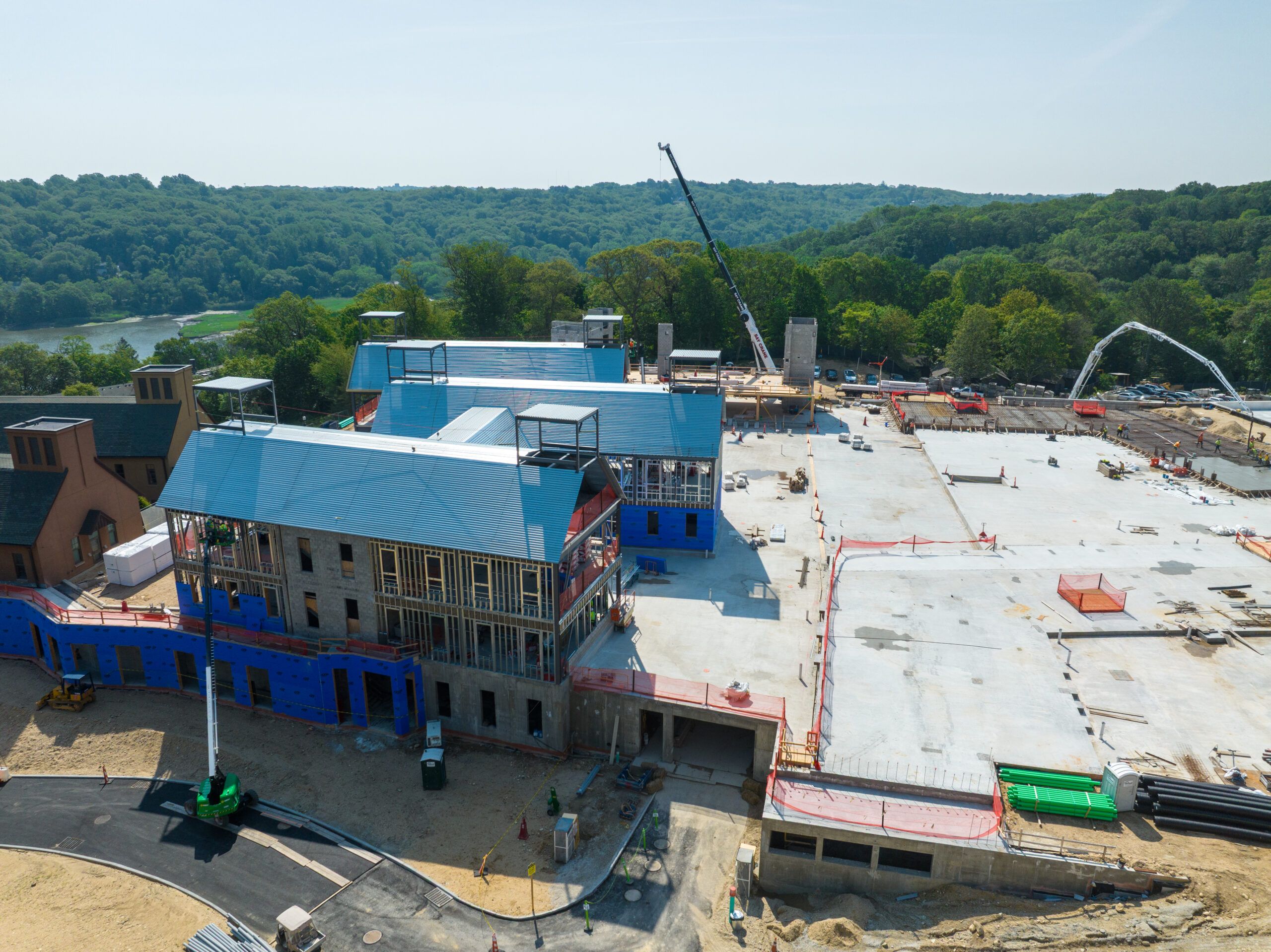Let’s face it – rising real estate prices, long construction timelines, and labor shortages are making traditional homebuilding challenging at points. Fortunately, more people are embracing a faster, more affordable alternative: shipping container homes.
Built from repurposed sea containers, these homes are strong, sustainable, and highly customizable. If you’re sourcing shipping containers in Georgia or elsewhere, you’ll find plenty of options to fit a wide range of budgets and designs.
Build a solid, simple one-unit cabin or a multi-container residence – anything is possible with our expert tips.
1. Pick the Right Container Type
Not all containers are created equal. For housing projects, it’s best to go with “one-trip” containers – these have only made a single journey and are usually in near-new condition. Always look for containers labeled “wind and watertight” (WWT) or “cargo-worthy” (CW) to ensure they’re structurally sound.
You’ll also need to choose between standard height (8’6″) and high-cube (9’6″) containers. That extra foot of ceiling space in high-cube models gives you more flexibility for insulation and interior design.
2. Design for Simplicity (at First)
It can be tempting to sketch out a multi-story masterpiece right from the start. But every cut you make into a container weakens its structural integrity and requires steel reinforcement. The more complicated the layout, the more time, labor, and cost involved.
For your first build, stick with a single or double-container design using simple floor plans like linear or L-shaped layouts. These are easier to permit, insulate, and finish, especially if you’re new to this kind of construction.
3. Choose a Foundation That Works for Your Site
Even though shipping containers are incredibly strong, they still need a reliable foundation. Your choice will depend on the site’s soil, climate, and intended use:
- Concrete piers are cost-effective and work well on level ground.
- Slab-on-grade foundations provide long-term durability, especially in warmer climates.
- Crawlspaces or full basements add access to plumbing and storage.
An engineer can help determine the right type for your project. A good foundation keeps everything level, prevents shifting, and reduces long-term maintenance.
4. Prioritize Insulation and Ventilation
Steel isn’t forgiving when it comes to temperature changes. Without proper insulation, container homes can become extremely hot in the summer and uncomfortably cold in the winter. Moisture control is just as critical to avoid mold and rust over time.
Common insulation options include:
- Spray foam insulation – offers great thermal performance and acts as a vapor barrier.
- Rigid foam panels – cost-effective and easy to install.
- Batt insulation – works best when interior walls are framed out.
Add ventilation through operable windows, roof vents, and air systems to maintain indoor air quality and comfort.
5. Be Strategic with Windows and Doors
Cutting openings into a shipping container isn’t as simple as slicing through drywall. The container’s corrugated steel provides structural support, so large window or door openings must be carefully reinforced to maintain integrity.
For better stability, place bigger cuts at the container’s ends and support them with steel tubing or framing. It’s best to plan these details during the design phase because improvising later can get costly.
6. Plan for Plumbing and Electrical Early
Once containers are welded together or set on their foundation, modifying them becomes much harder. That’s why plumbing and electrical work should be planned early and integrated into your layout.
One common approach is to build an internal stud wall system (usually 2x4s or metal framing) about four inches from the container’s interior walls. This creates space to run wiring, pipes, and insulation without sacrificing the outer structure.
Grouping kitchens and bathrooms close together also simplifies utility runs and reduces costs.
7. Use a Builder Who Understands Containers
Container construction isn’t the same as traditional building, so hiring someone who specializes in this type of work is important. Regular contractors may not know the best ways to weld, brace, or insulate containers, and mistakes can be expensive to fix.
Look for professionals who can show past container projects and provide references. They’ll know how to navigate design, cutting, welding, and code compliance while preserving container strength.
8. Know the Local Codes and Permitting Rules
Building codes vary significantly from one municipality to another. Some cities and counties encourage alternative building methods, while others may be more restrictive.
Before you invest in containers or start pouring a foundation, check with your local building department. You may need structural engineering reports, site plans, and approval for things like plumbing, electrical, and occupancy.
Being proactive with permits saves time and avoids costly redos down the road.
9. Think Long-Term: Rust, Roofing & Resale
Shipping containers are made of steel, which means they’re durable, but also susceptible to corrosion if not properly maintained. Protect your investment with a few smart decisions early on:
- Apply anti-rust paint or primer, especially on any cut edges or weld points.
- Add a sloped or overhanging roof to prevent water pooling.
- Install proper drainage around the site to redirect runoff.
When done well, container homes hold their value—and in many cases, increase it. The key is blending function with aesthetics and ensuring your home meets standard expectations for comfort and safety.
Final Thoughts: Smart Planning Leads to Strong Results
Building a container home is exciting, efficient, and often more affordable than conventional housing. But success lies in the prep work – choosing the right materials, working with the right people, and thinking through every step before construction begins.
By following these tips, you’ll save time, avoid costly missteps, and create a living space that’s both durable and beautiful. Remember, the right container build starts with a solid plan and ends with a structure you’ll be proud of.











